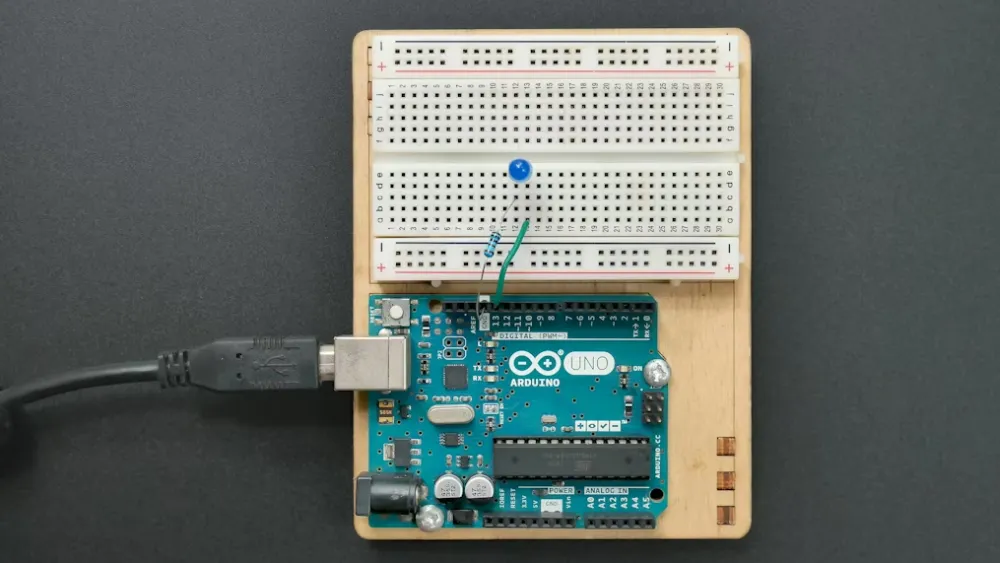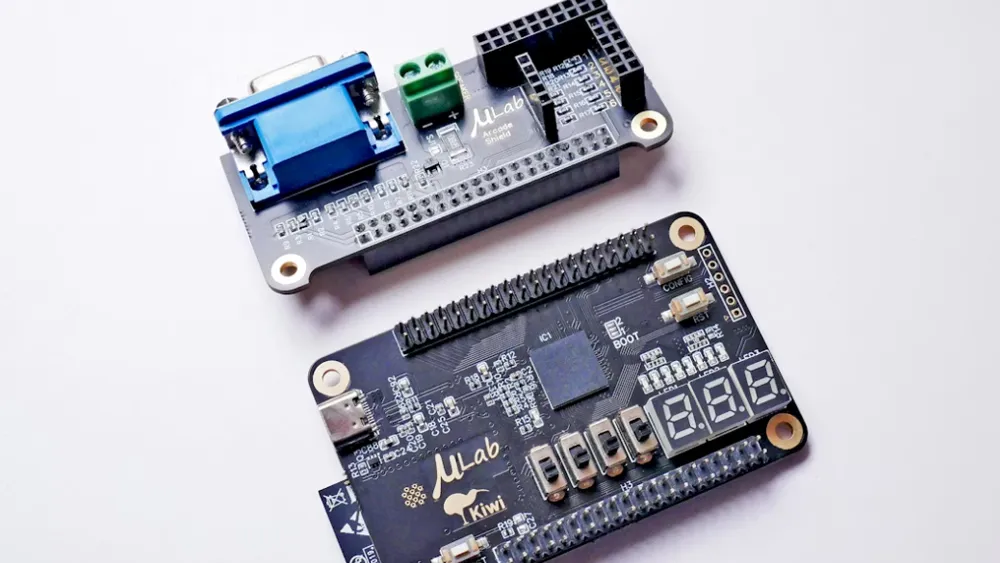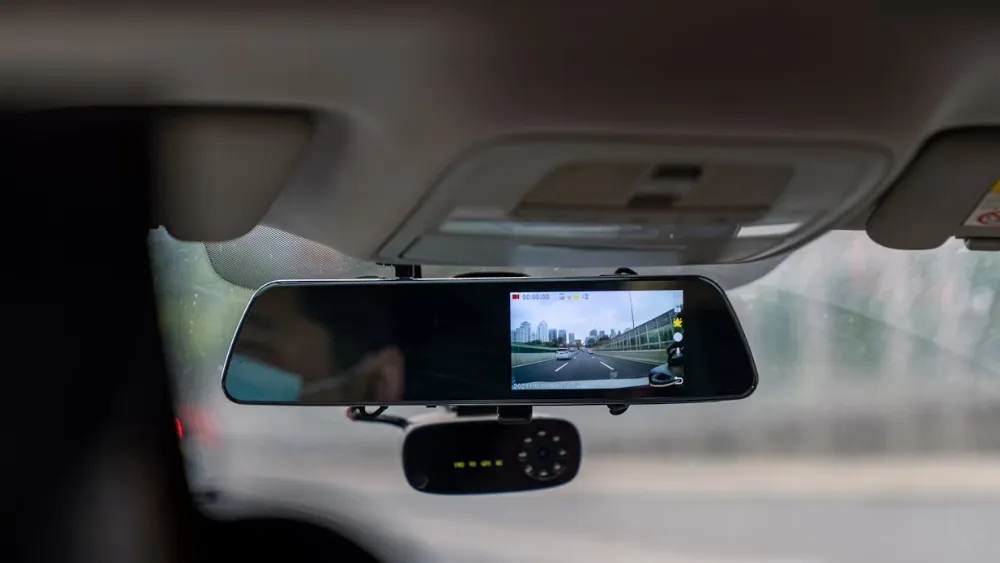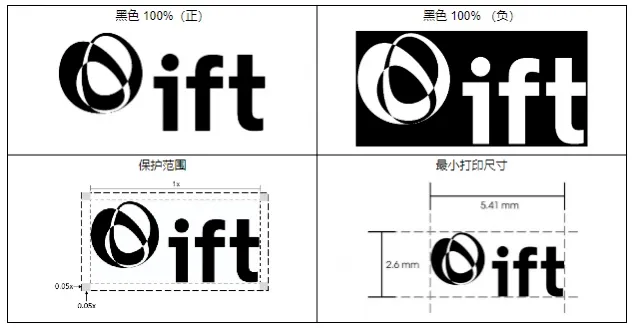
What is the EU REACH Certificate of Compliance?
What is REACH?
The reach regulation is a significant piece of legislation enacted by the European Union, with its fULl name being Registration, Evaluation, Authorisation, and Restriction of CheMICals.

REACH came into force in the EU in 2007, aiming to protect human health and the environment while enhancing the competitiveness of the European chemicals market. The regulation imposes strict management and control measures on the production and sale of chemicals in the EU market to ensure their safe use and encourage the replacement of hazardous chemicals.
The main objectives of the REACH regulation include:
1. Registration: Chemical manufacturers or importers must register their chemicals with the European Chemicals Agency (ECHA) and provide detailed information about the chemicals, such as their uses and hazards.
2. Evaluation: ECHA is responsible for evaluating the risks of registeRED chemicals and providing advice on their safe use.
3. Authorisation: High-risk chemicals of particular concern require special authorisation to be sold or used in the EU market.
4. Restriction: Chemicals that pose significant risks or have severe impacts on human health and the environment may be restricted or banned from use.
What is REACH SVHC Testing?
1. SVHC stands for Substances of Very High Concern. These substances are chemicals that have widespread attention due to their impact on human health or the environment.
2. The REACH regulation requires companies to identify if their products contain SVHCs and to inform consumers accordingly when providing products.
3. SVHC testing involves companies testing the chemicals in their products to determine if SVHCs are present. This testing usually focuses on the chemical composition of the products.
What is REACH Registration?
1. REACH registration refers to the requirement under the REACH regulation for manufacturers or importers to register their chemicals with ECHA.
2. During the registration process, companies need to submit detailed information about the chemicals, including but not limited to their uses, production volumes, and hazard assessments.
3. Registration is a legal obligation applicable to all chemicals produced, imported, sold, or used within the EU, regardless of quantity and use.
What does reach testing mainly detect?
REACH primarily detects Substances of Very High Concern (SVHCs). The European Chemicals Agency (ECHA) lists these substances on its candidate list, which is constantly updated. As of May 11, 2024, there are 240 harmful substances on the SVHC list, with updates typically occurring twice a year.
How to distinguish between REACH Registration and Testing for products?
REACH registration is required unless exempted, for any “chemical substance” produced or imported in the EU at ≥1 ton/year. This involves submitting a registration dossier to ECHA and obtaining a registration number before the substance can circulate in the EU market. Regular product materials generally undergo REACH testing instead.
How much does REACH Testing cost?
Chemical testing fees are charged based on the product material, typically ranging from $500 to $900. The more materials involved, the higher the cost, with a typical processing time of 7 working days.
What is the difference between EU RoHS and REACH?
The RoHS Directive restricts the use of certain hazardous substances in specific products to reduce their negative impact on the environment and human health. In contrast, REACH covers the registration, evaluation, authorisation, and restriction of chemicals to ensure their use is properly managed and controlled.
Email:hello@jjrlab.com
Write your message here and send it to us
 Global Cyber Security Compliance for Connected Pro
Global Cyber Security Compliance for Connected Pro
 What Certifications for Exporting Monitors to Euro
What Certifications for Exporting Monitors to Euro
 Bluetooth Headphones Exported to Australia Certifi
Bluetooth Headphones Exported to Australia Certifi
 What Certifications for Router Products Exported t
What Certifications for Router Products Exported t
 TIC (Power Bank UL 2056, Portable Power Station UL
TIC (Power Bank UL 2056, Portable Power Station UL
 How to get EN 18031 Certification for Wireless Pro
How to get EN 18031 Certification for Wireless Pro
 PSE, TELEC and VCCI Compliance for Cameras Exporte
PSE, TELEC and VCCI Compliance for Cameras Exporte
 NOM & IFT Compliance for Audio Equipment Expor
NOM & IFT Compliance for Audio Equipment Expor
Leave us a message
24-hour online customer service at any time to respond, so that you worry!




